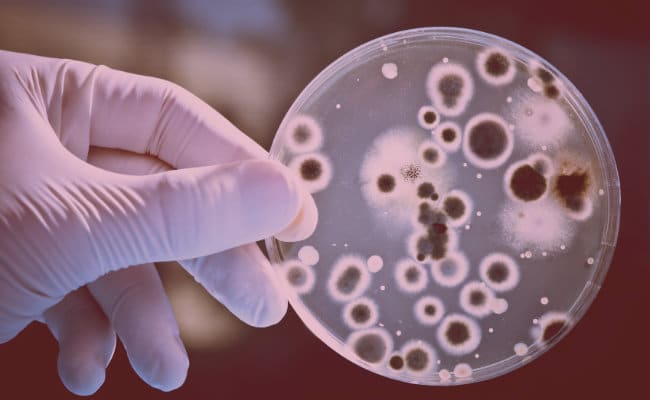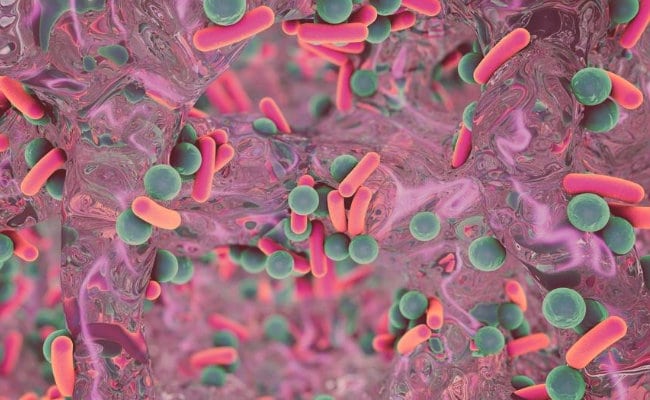They are microorganisms that can develop in all types of environment, in addition to being of different shapes and sizes, bacteria are unicellular organisms that do not have the ability to have a nucleus, and measure approximately between 0,5 and 5 micrometers in length.
The biochemical cycles depend on the bacteria, since they are capable of carrying out the atmospheric nitrogen cycle, they have the ability to have different forms such as vibrios, bacilli, cocci and spirilli. Respiration is one of the most important procedures of any living being or organism, and they can breathe in two ways: aerobically and also anaerobically, it all depends on the type that is being talked about and how it develops.
These are among the most abundant creatures on the entire planet earth, for the simple fact of being eukaryotic cells, unlike other living beings such as plants, animals, among others. Bacteria are alternated and classified according to their shape, of which a brief explanation of each of them will be given below.
What are the types of bacteria?

The vibrios
They have a shape very similar to that of drops, like that of the waxing or waning moon or better known as a half moon. They are capable of producing infectious diseases, related to the digestive system as well as cholera, causing the infected person to suffer from vomiting and even diarrhea, these are found in places which contain a minimum amount of stagnant and salty water.
Bacilli
These are characterized by having a rod-like or branch-like shape. They are also divided into two types, which depend on a certain quality that they may present, as well as the following:
- Big Negative: it is a bacterium that does not have the ability to attach itself to cell walls, nor does it stain purple according to gran staining.
- Great Positive: it is a bacterium capable of attaching itself to cell walls as well as staining itself in a violet color.
Because they are pathogenic bacteria, the bacilli in some cases are not capable of causing diseases to their bearer.
The coconuts
They have a spherical, ball-like shape, which are capable of causing diseases such as: pneumococcus and staph. These also have two types that are divided by their shape:
- The tricks: they are 4 bacteria together (they are divided perpendicularly).
- The diclones: they are only two bacteria, which always remain together, in pairs.
- Sarcines: they are characterized by being of cubic grouping.
Spirits
These have a spiral shape, which can be related to eddies, They are extremely sensitive to the environment and they are transmitted directly, because at the moment of making contact with the environment they could die, these are more than all those of sexual transmission, such as syphilis for example.
Bacteria also have several types of metabolism, this is due to the classification of their cellular microorganisms, and their carbon start, among them are:
- Autotrophs: binds to carbon dioxide and you get pure carbon.
- Phototrophs: They use light through the process of photosynthesis just like plants.
- Heterotrophs: they use organic compounds to feed themselves.
- Chemotrophs: they have the characteristic of carrying out both types of respiration, as well as aerobic and anaerobic, through a chemical process that only this one can carry out.
It is important to know that bacteria have the ability to reproduce, being unicellular organisms, they have no choice but to enter a process of enlargement or growth, then they perform a bipartition, where the DNA undergoes a duplication and the cytoplasm divides, resulting in a new cell from it, which is often called daughter cells. However, there are other bacteria that only exchange genetic material through a complicated process called bacterial conjugation.
Bacteria Breathing Way

Because they do not have mitochondria, which are organelles responsible for synthesizing energy based on cell activityr, bacteria use their plasma membrane to breathe, but there are two forms, which will be explained below:
Aerobic form of bacteria respiration
In this type, bacteria directly use the cytoplasm, to carry out their respiratory process, aerobic bacteria usually lack mitochondria, it is for this reason that they absorb oxygen directly from their membrane, which helps them extract vital energy from glucose.
It also uses glucose as an energetic source, this is undoubtedly through a complex chemical degradation process, which can be explained in two stages:
- Krebs cycle: the respiration process takes place inside the mitochondria with the presence of oxygen.
- Electron transport: the respiration process takes place in the crest of the mitochondria, which acts as an energy releaser.
- Glycolysis: the respiration process of this process is carried out inside the mitochondria without meriting the presence of oxygen.
Anaerobic way of breathing of bacteria
Because this type of bacteria do not have organelles to carry out the necessary gas exchange, anaerobic bacteria are characterized by a fermentation process that in most cases, if not all, oxygen can be deadly for them.
This results in a loss of oxygen in molecules. The most frequent types of respiration of these bacteria are produced by lactic fermentation and alcoholic fermentation.
- Lactic fermentation: Its main waste factor is milk acid and it is capable of transforming sugars into metabolic energy that is very important for its survival, and all this process takes place in the cytoplasm of cells.
- Alcoholic fermentation: It is an anaerobic process that is produced by the action of yeast and in turn, they are capable of transforming sugars into alcohol.